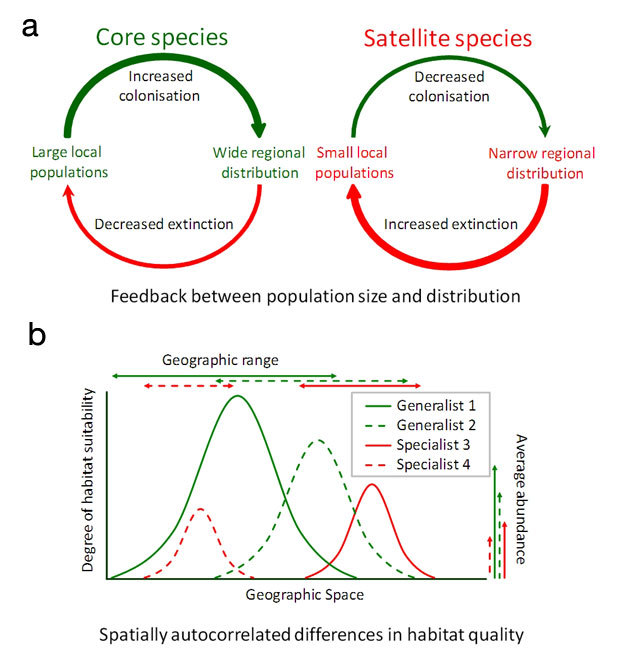Introduction
Patterns do exist at various scales in time and space. Patterns range from population abundances through ecosystems, communities, biomes, and the whole biosphere.
Ecology is still ambivalent about pattern-seeking regardless of the many years of research, which is a curious fact in itself. Ecological scientists are yet to collect significant data about patterns that sought explanations in this article. Therefore, the compilation of data about ecological patterns is a difficult task, but it must be done.
There has been an obsession in ecology to indulge in manipulation experiments over the last twenty years. This field of science, however, has suffered low funding. Few scientists have had their projects funded but only on a small scale opposed to large scale which would paint a more vivid example of real life.
MacrosystemsEcology.
This is the study of several ecological phenomena at the size of regions and continents and their interaction with occurrences at other scales. In macrosystems ecology, the components of regions to continents are treated as a set of interacting parts of a system.
The concepts and theory used in macrosystem ecology come from a wide range of sub-disciplines of ecology and the environment.
Community ecology which studies a set of species co-existing at a given time and place helps explain how communities are organized through identification, description, explanation of general patterns underlying the structure of communities.
Patterns in Species Abundance.
The knowledge of the abundance of species provides insight into how a given community works. This type of data is easy to collect, thus providing knowledge on the visible aspects of the community e,g predation, and competition.
On the other hand, comparison of species abundance in communities is difficult owing to the fact that communities often consist of many different species whose abundance is widely different among other communities.
Distribution-Abundance Relationship.
In natural assemblies comprising of different few species, there is a majority of individuals among them. The pattern in which distribution of the abundance of species is accompanied on larger scales by the tendency of occurrence in higher densities of the widespread species in comparison with species restricted in their geographic distribution is known as distribution-abundance relationship.
Example.
It isa vital importance to understand how these processes work, which leads to good solutions during environmental preservation. For instance, in a bid to conserve a particular species by protecting a small

portion of high-quality habitat is not fruitful. Control of invasive species is best achieved by local eradication processes.